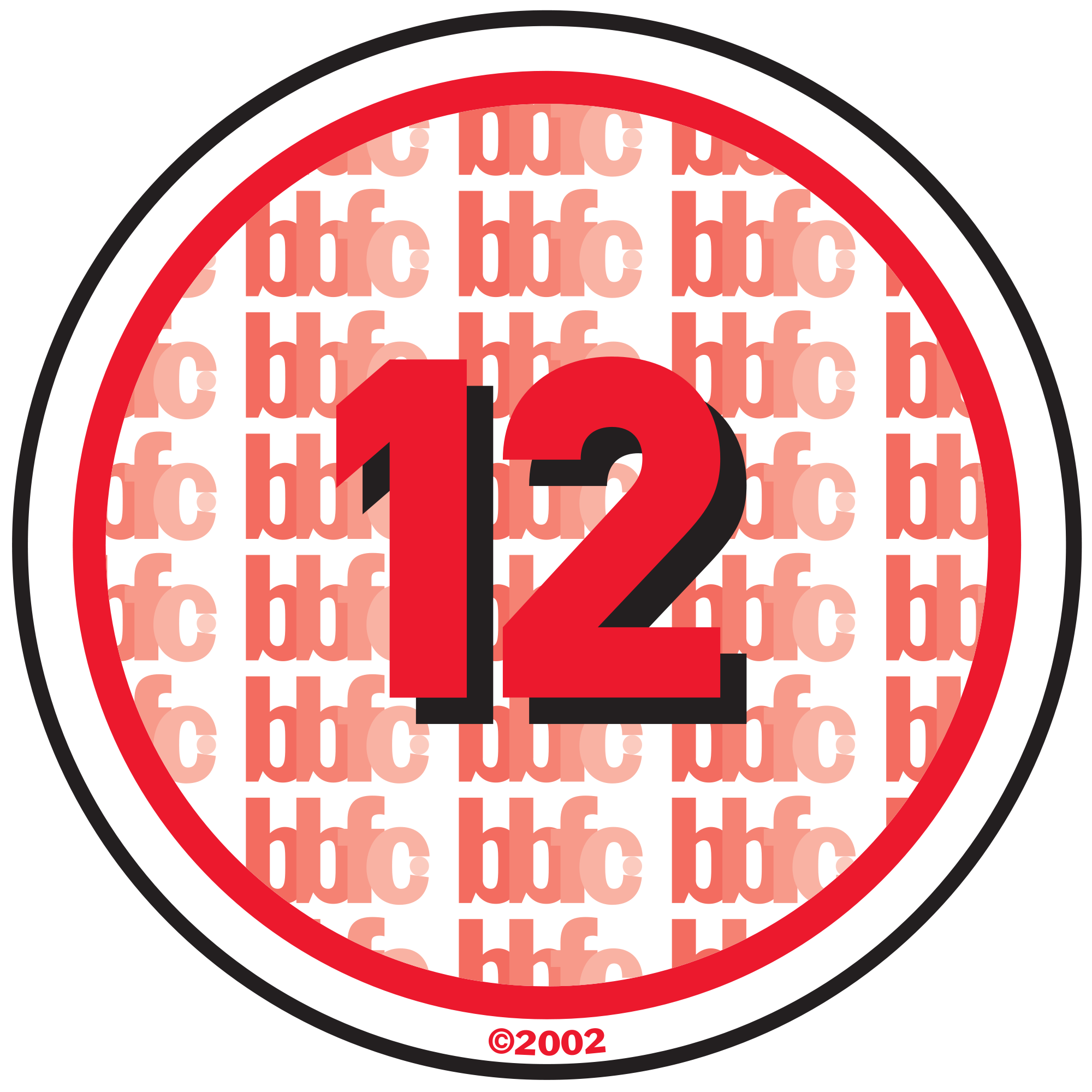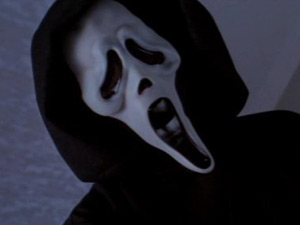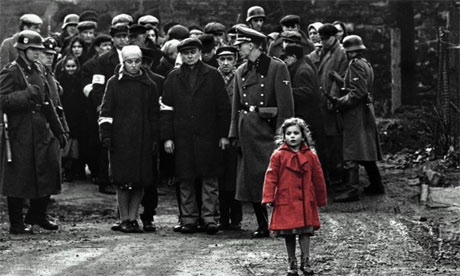Contingency Plan
In order for my group to be aware of any problems that may occur during filming, we had to think of solutions and possible outcomes to make sure we do not have any problems with the people involved with the opening sequence. This plan allows our group to conscious of any problems and possible ways to overcome them.
Problems with Cast:
It is likely that there may
be several problems with the cast chosen for the sequence such as unreliable
actors, dropouts and perhaps poor acting. In order for our group to be prepared
for such events, we have minimised the number of external cast, leading to our
group using actors who are within our group. This keeps the likelihood of
anyone dropping out very minimal, as we have to be together as a group when
filming. Also, if there is a problem is substandard acting, we have two back up
actors for each main character, this prevents the outcome for inadequate
opening sequence acting. However, this may not be a huge problem as our opening
sequence contains minimal dialogue, meaning speech will not dramatically affect
the final product. The main focus for our sequence will be based on sound, body
language and emotions, meaning our sequence must be presented clearly so the
audience to understand what is happening without the use of dialogue. The use
of sound such as Foley and music must also be executed clearly to create an
engaging opening sequence.
Problems with Crew:
There may be some problems
with the crew when it comes to filming, as we have to work around everyone’s
schedules. This could be due to work, being late or getting lost when getting
to the locations. In order to prevent this from happening, we would discuss the
location where we will be filming, what time we are to meet up, which
equipment, props and costumes are needed and to ensure we arrive at the correct
time so that the sequence is filmed within the correct time of day. If
possible, we would also travel to the location as a group so that we all arrive
as the same time and can begin filming straight away, preventing time wasting.
As all the cast for the film are also within our group, there may not be
problems with filming as many scenes needed, even when it comes to editing, as
we can visit the location as a group and film what is necessary as soon as
possible.
Locations:
As a group we have chosen the
various locations we will be using for our opening sequence. The main locations
are easily accessible and can be visited as often as needed. Some of the main
locations are filmed within or around the homes of some of the people within
our groups, meaning multiple filming techniques can be used at ease. However,
some locations are within public locations such as a park and shops. This could
cause some potential problems when filming as noises, or other people may
disrupt the filming process. To prevent this from happening, we would either
film early in the morning or during the time when school is open so the streets
may be empty. The locations of these public places are also within a village
and not a main high street, so it may not be as busy as other locations. This
could reduce the amount of noise from cars and members of the public walking
past the screen.
Technical Difficulties:
Our group may encounter some
technical problems such as the loss of footage, wrong software to back up video
files or if the camera runs out of battery. To prevent the camera from running
out of battery, we will ensure it is fully charged before filming, and also
take a spare battery just in case we run out during mid filming. We would also
take multiples shots of various scenes to get an experimental range of shots as
well as making sure we have backed up files just in case some may become
corrupted. We would also back up the files after each day of filming to reduce
the likelihood of loosing the footage. We will also edit our final sequence as
a group using school computers which all have the necessary equipment and
software in order to edit the sequence effectively.
Continuity Problems:
There may be some continuity
problems that may occur throughout the sequence such as locations, clothing,
props or other aspects being dramatically changed. In order to make sure our
group does not encounter problems with costumes, we will take an image of what
they are wearing on each day of filming and refer to them when we film different
shots on different days. This allows us to make sure the costume looks the same
within each shot and that there are no drastic changes. We will also refer to
previous filming we have done to make sure we record at the specific time of
day and at the correct locations to make sure there are no continuity problems.
The placement of props and locations will also be pictured so that we can
recreate scenes if needed if any technical difficulties arise.





















